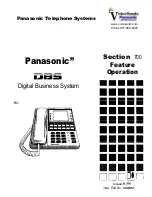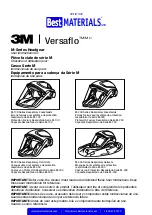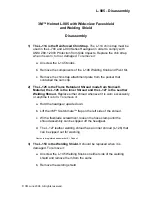
Kvaser USBcan Professional User's Guide
7(23)
Kvaser AB, Mölndal, Sweden
— www.kvaser.com
4 Kvaser USBcan Professional hardware
In this section you can read more about the CAN channels, power supply, LED indicators,
and external triggers.
4.1 Hardware installation
The Kvaser USBcan Professional may be inserted in any free USB socket on the host
computer. You do not need to switch the power off before inserting or removing the device.
For the Kvaser USBcan Professional to communicate with the host computer, the correct
version of the Kvaser driver and firmware must be installed. The firmware is downloaded and
installed directly on the Kvaser USBcan Professional and the driver is installed on the host
computer. For additional information on how to upgrade the firmware, read section 6.5,
Updating the firmware.
The delivery package of Kvaser USBcan Professional contains:
Kvaser USBcan Professional.
Software and Driver CD, containing drivers for Windows; Kvaser CANKing, an easy to
use CAN bus monitor; Drivers for RP1210A, LabView and DIAdem; and Kvaser
CANlib Software Development Kit.
Kvaser USBcan Professional User's Guide (also on the CD.)
A USB cable.
For driver installation information, see the driver and hardware installation guide which can be
found at
http://www.kvaser.com
.
4.2 USB connector
The Kvaser USBcan Professional has a standard USB type ―B‖ receptacle connector.
Connect it to your PC using any high quality, USB 2.0 certified cable. The maximum USB
cable length is 5 meters (approx. 16.5 ft.). If you need a longer cable, you can use USB hubs
or USB extension cables with a built-in hub. By chaining up to 5 hubs, you can achieve a
cable length of up to 25 meters (approx. 83 ft.)
4.3 CAN channels
The standard Kvaser USBcan Professional has two independent CAN channels that are seen
in Figure 2
. The first CAN channel is marked on the housing with the symbol ‗1‘, where as the
second channel (number 2) is not marked. See Figure 3. The CAN connectors are also
labeled for easy identification.








































